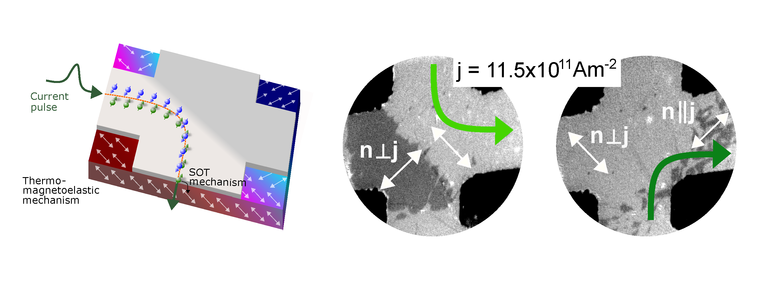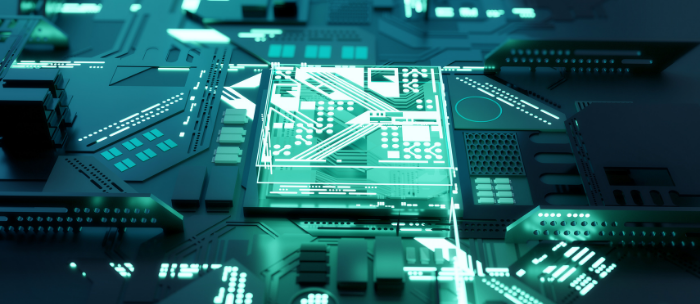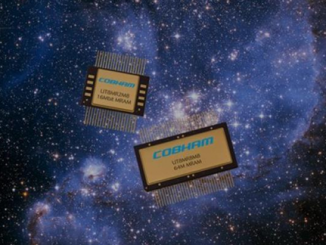
The electronic devices we use on a day-to-day basis are powered by electrical currents. Data processing and computation also relies on information provided by electrons. This is what we call electronics. In recent years, a new field called spintronics emerged to overcome the limitations of traditional electronics, offering a leap towards high-density data storage and ultrafast computing dynamics. Spintronics employs a different concept. Instead of store information using the charge of electrons of the materials, the spintronic approach is to exploit their magnetic moment, in other words, their spin, to store and process information – aiming to make the computers of the future more compact, fast, and sustainable.
Antiferromagnets are considered very promising materials for future spintronic applications, offering unique properties to overcome limitations posed by current systems using ferromagnets. Lack of stray fields favor denser packing and high internal frequencies could allow faster operation. However, these properties at the same time make it more difficult to operate in terms of writing information, i.e. the switching part.
Now, a study lead by researchers from the Johannes Gutenberg University Mainz (Germany), in collaboration with the Tohoku University, the University of Tokyo (Japan) and the ALBA Synchrotron aims to understand the underlying antiferromagnetic switching mechanisms. The study disentangles two different switching mechanisms in an antiferromagnet material -cobalt (II) oxide or CoO- when subjected to a current pulse. One is due to the fundamental spin-orbit torque and the other is a heat-induced thermomagnetoelastic effect.
Current induced switching has been observed in antiferromagnets before, but is often due to the thermomagnetoelastic effect, which may be considered a side or parasitic effect and which is more difficult to control. Researchers have shown that in ultrathin samples competing switching mechanisms exist. Thus, they are able to show that the favorable spin-orbit torque mechanism can be accessed when using thinner antiferromagnetic films.
To image the antiferromagnet domain structure, the team from the Johannes Gutenberg University Mainz performed experiments at the PEEM end station of the CIRCE beamline at ALBA. In particular, the synchrotron technique used at CIRCE was the photoemission electron microscopy (PEEM) using for contrast generation the X-ray magnetic linear dichroism (XMLD) effect.
Samples were prepared and patterned before in collaboration with the University of Tokyo, as part of a joint German-Japanese cooperation project. In previous electrical measurements at their lab, which average over the whole device, scientists saw different effects (resistance going either up or down) depending on the current density used, without being able to know why this happened like this. Then they went to ALBA to image the device at CIRCE beamline and they were able to resolve the different switching mechanisms. In particular, the microscopic measurements reveal that different switching behaviors can be observed in different parts of the sample and that there are also differences depending on the current density.
In other words, researchers concluded that switching in ultrathin antiferromagnets films is governed by a combination of the two mechanisms: a thermomagnetoelastic switching mechanism and a spin-orbit torque-based mechanism.
These findings are relevant as they demonstrate the interplay of the different switching mechanisms and thus motivate further research into thinner films, offering promising opportunities for utilizing antiferromagnets in applications where electrical reading and efficient writing through spin-orbit torque is key.
Reference: Christin Schmitt, Adithya Rajan, Grischa Beneke, Aditya Kumar, Tobias Sparmann, Hendrik Meer, Beatrice Bednarz, Rafael Ramos, Miguel Angel Niño, Michael Foerster, Eiji Saitoh, and Mathias Kläui. Mechanisms of Electrical Switching of Ultrathin CoO/Pt Bilayers. Nano Letters 2024 24 (5), 1471-1476. DOI: 10.1021/acs.nanolett.3c02890



